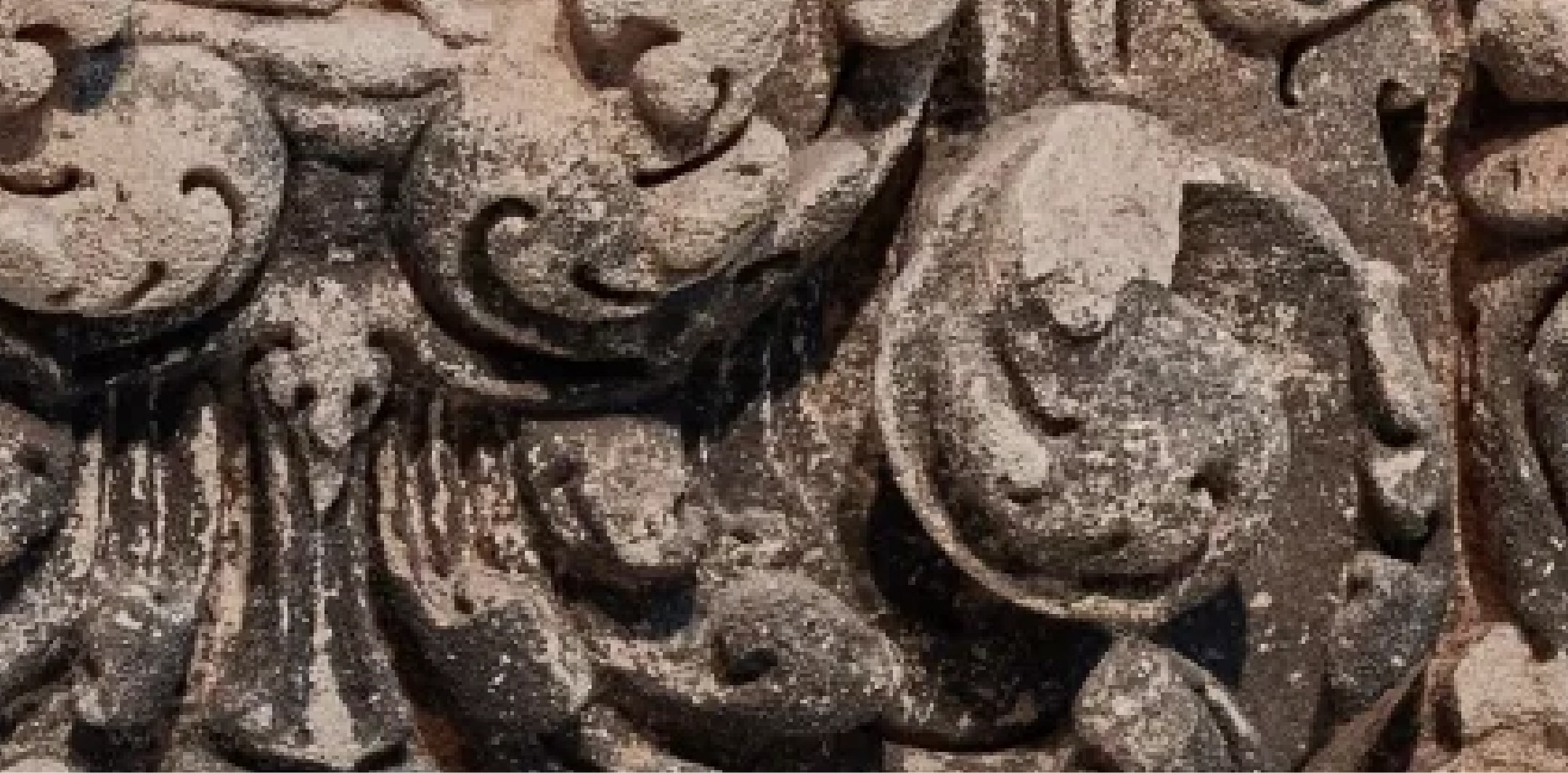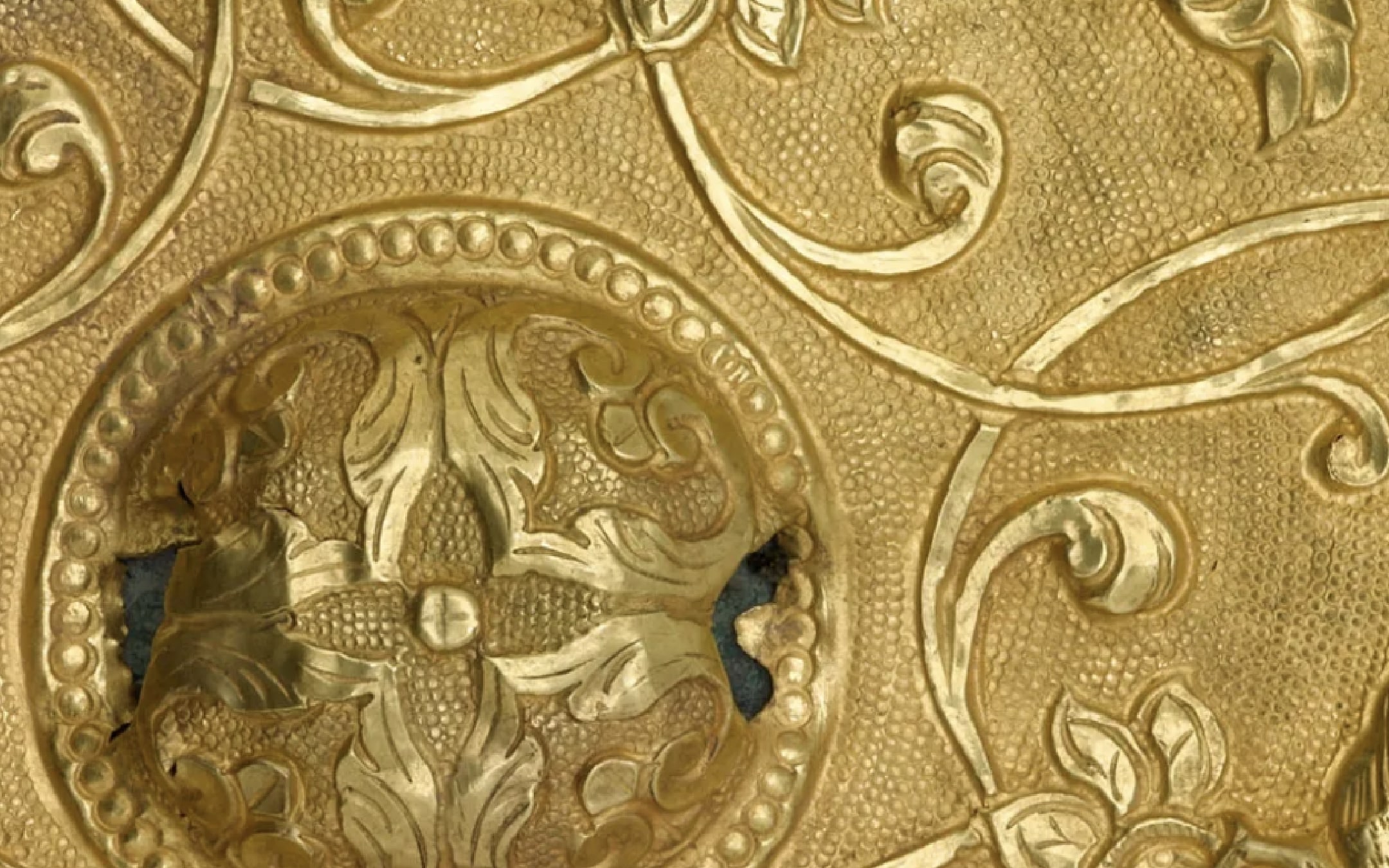Mandarin ducks

Terms of Use
Usage Conditions ApplyAt A Glance
-
Period
late 17th-early 18th century -
Geography
Japan -
Material
Ink and color on paper -
Dimension
H x W (image): 111.3 x 43 cm (43 13/16 x 16 15/16 in) -
Accession Number
F1998.310 -
EDAN ID
edanmdm:fsg_F1998.310
Object Details
-
Artist
Unkoku Toetsu (active late 17th-early 18th century) -
Label
Mandarin ducks, which remain with one mate for life, are symbols of marital accord. A pair of mandarin ducks swimming on a nearly frozen surface often represents the twelfth month of the lunar year. This skillfully rendered work features the strong delineation and rendering of three-dimensional form that was introduced into Japanese painting from China. The artist was a descendant of the Unkoku school, which traced its artistic lineage to Sesshu (1420-1506), who was one of a few artists able to travel to China to study painting. The Unkoku school flourished in Yamaguchi, where Sesshu lived for a time. -
Provenance
?-no later than 1985Possibly Howard Hollis(1899-1985), method of acquisition unknown [1]Likely by 1985-1999Anne Hollis Reese (1937-2022), likely by inheritance from her father Howard Hollis [2]From 1998The Freer Gallery of Art, gift of Anne Hollis Reese [3]Notes:[1] See object file for copy of the Justification for Acquisition accompanying the Freer Gallery of Art “Acquisition Consideration Form: Gift, Transfer, or Bequest,” dated December 2, 1998. The Justification was written by the Smithsonian Curator of Japanese Art at the Freer Gallery. They wrote, “Ms. Reese is the daughter of the late Howard Hollis, former Curator of Oriental Art at the Cleveland Museum of Art and one of the most important dealers of Japanese and Chinese art in the post-war era. Ms. Reese still holds works inherited from her father.” It is possible that this object is among those which transferred to Anne Hollis Reese by inheritance from her father .Howard Hollis was Curator of Far Eastern and Near Eastern Art at the Cleveland Museum of Art from 1929 until serving as Officer in Charge of the Far East division of the Monuments, Fine Arts, and Archives (MFAA) program in Tokyo in 1946; he resumed his post in Cleveland in 1948. He founded Howard Hollis & Company in Cleveland, specializing in Asian Art, which he expanded to a second location in 1961 in New York City. Hollis frequently partnered with Mayuyama Junkichi(1913-1999) of Mayuyama & Co., Ltd.[2] See object file for November 11, 1998 Incoming Receipt for object described as “Painting, hanging scroll; Mandarin Ducks; by Unkoku Tōetsu .” The scroll was assigned Freer Gallery of Art vault record no. V56.98. Anne Hollis Reese, born Anne Bradshaw Hollis, of Washington, D.C., was a psychiatric social worker and an advocate for the arts. She worked with the U.S. Department of State in Pakistan, Morocco, and Burkina Faso, among other geographic regions. Her father was Howard Hollis, Curator of Far Eastern and Near Eastern Art at the Cleveland Museum of Art, an officer with the Monuments, Fine Arts, and Archives, and founder of Howard Hollis & Company gallery, specializing in Asian Art.[3] See object file for Deed of Gift to the Freer Gallery of Art of the Smithsonian Institution, for “Mandarin Ducks,” by Unkoku Tōetsu. The Deed of Gift was signed by Anne Hollis Reese on January 27, 1999, and co-signed by Milo C. Beach on February 16, 1999.Research updated October 23, 2023 -
Collection
Freer Gallery of Art Collection -
Exhibition History
A Journey of Taste: Freer and Japanese Scroll Mounting (April 15, 2023 to March 3, 2024)Seasons: Arts of Japan (February 5, 2011 to January 13, 2013)Birds and Beasts in Japanese Art (January 31 to July 18, 2004) -
Previous custodian or owner
Howard Hollis and Company (established 1949)Anne Hollis Reese (1937-2022) -
Origin
Japan -
Credit Line
Gift of Anne Hollis Reese -
Type
Painting -
Restrictions and Rights
Usage Conditions Apply
There are restrictions for re-using this media. For more information, visit the Smithsonian's Terms of Use page.
The information presented on this website may be revised and updated at any time as ongoing research progresses or as otherwise warranted. Pending any such revisions and updates, information on this site may be incomplete or inaccurate or may contain typographical errors. Neither the Smithsonian nor its regents, officers, employees, or agents make any representations about the accuracy, reliability, completeness, or timeliness of the information on the site. Use this site and the information provided on it subject to your own judgment. The National Museum of Asian Art welcomes information that would augment or clarify the ownership history of objects in their collections.
Keep Exploring
-
Related Resources
-
Date
-
Name
-
Place
-
Topic
-
Culture
-
Object Type

